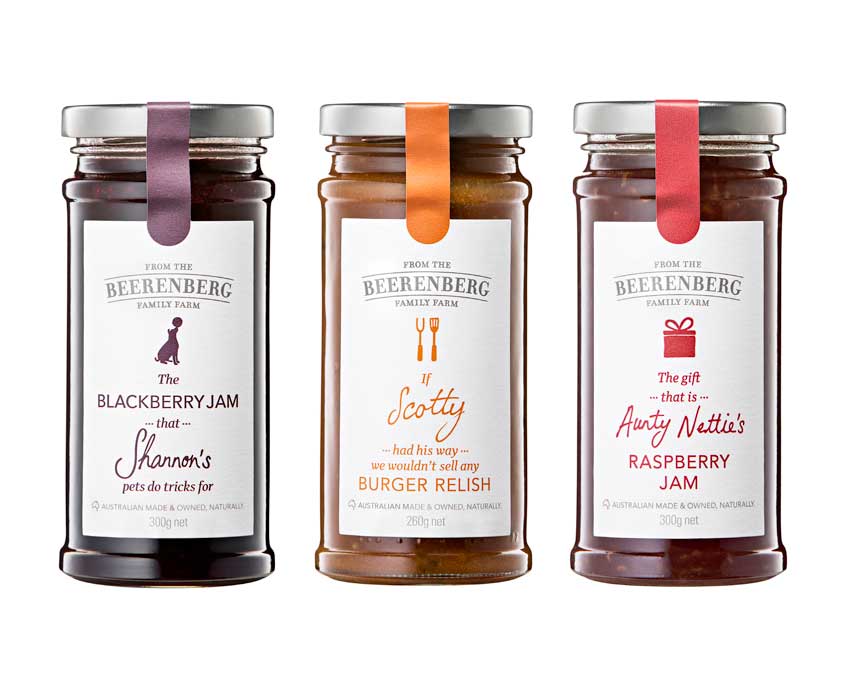Connecting your brand to place, people and past
Thanksgiving was last week in the U.S. and my Instagram feed has been flooded with festive photos of turkey, pies and autumn leaf peeping. As a result, I have had to combat some real nostalgia for the America of my youth as we slide into the holiday season.
Nostalgia has been particularly powerful in the wake of the Covid pandemic. In the past two years of upheaval, familiarity is a huge comfort. Marketers have noticed – nostalgia and throwback marketing is one of the biggest marketing trends in 2021.
Recent research published in the Journal of Marketing suggests that the throwback trend is actually part of the consumer desire to seek ‘groundedness’.
Authors Eichinger, Schreier, and van Osselaer posit that groundedness, or “a feeling of emotional rootdedness”, is a natural human instinct to feel “metaphorically embedded in one’s physical, social and historical environment.” The feeling of being grounded also creates a sense of safety and stability for the individual. Eichinger et al. conducted five studies across the US and Europe which identified groundedness as a valuable construct for driving brand preference and willingness to pay.
Three components create the concept of groundedness: connection to place, connection to people, and connection to past.
Connection to place is achieved through attributes such as product or brand origin, imagery or the origin of ingredients themselves. As mentioned in a previous article about place branding, nationality is a powerful branding tool often utilised in the luxury category.
Connection to people refers to the producer themselves, such as shopping at craft fairs or farmers markets. Eichinger et al. note that many large companies attempt to build this connection by featuring their employees or suppliers in communication strategy. Woolworths illustrate a connection to people very well through their ‘Fresh Food People’ tagline and campaigns.
Connection to past could relate to “traditional and artisanal methods, such as making things by hand,” or illustrating the history of the brand. Eichinger et al. provide the example of Converse, which has a strong brand heritage which resonates through its brand strategy.
The need for groundedness can fluctuate, but the studies found three indicators that drive this desire: engaging in a disproportionate amount of computer work, living in a large urban area, and experiencing significant change (which was illustrated with the example of the COVID-19 pandemic).
The authors also mention that groundedness is similar to, but distinct from, other branding concepts such as nostalgia, authenticity and a sense of belonging. A human need (not connected to branding at all) defines this concept of groundedness, while the concepts outlined above are feelings as a result of or the desire for groundedness.
A strategy focused on groundedness addresses the root of consumer needs and emotions, which can predict purchasing behaviour. Eichinger et. al suggest that marketers can capitalise on a desire for groundedness through a variety of strategies:
Create perceptions of artisanal or of local origin

While this is a common strategy in packaged food, brands across a variety of categories such as personal care and clothing have successfully communicated connections to place as well.
Natural skincare brand Natio boasts native ingredients and leverages Australian imagery to foster a close-to-home brand image.
Mindfully craft product designs
Eichinger et al. point to product and packaging design as a critical avenue for marketers. The studies published in the Journal of Marketing illustrated how traditional motifs or designs on a set of silverware fostered feelings of groundedness, although the authors provide further examples of font choice and packaging in a recent Harvard Business Review article.

Handwritten fonts are proven to create a sense of “humanness” according to 2018 research in the Journal of Consumer Research, which fosters the concept of ‘connection to people’.
For example, Beerenberg’s iconic handwritten names on their packaging helps create a sense of groundedness by highlighting the people who have contributed to the production of the product.
Be selective with distribution channels
Eichinger et al. finally suggest distribution channels as an effective way to connect with people and place. Their research found participants felt “significantly more grounded and happier” after shopping at a local farmers market.
Boutique shopping experiences conjure an immersive brand experience and although small brands tend to do this well, there is opportunity for mass brands to use different or unusual channels as part of their brand building exercises. Pop-up shops, brand partnerships and cross-merchandising all provide opportunities for brands to step out of their usual box.




